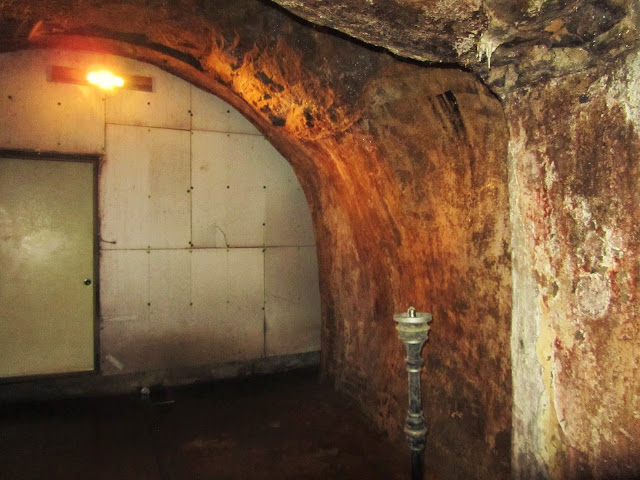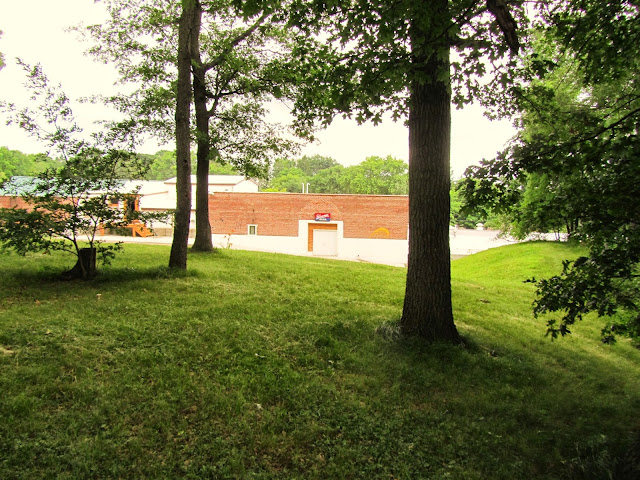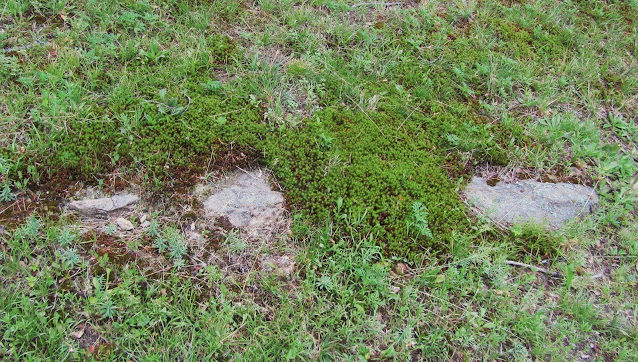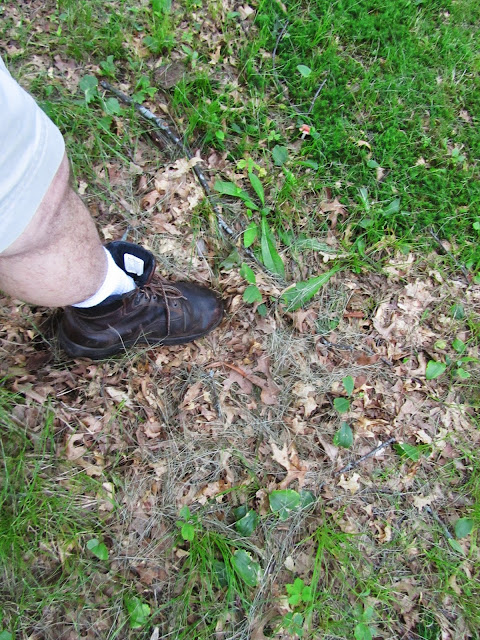Note: this post only makes sense if read after my main post on the Bloomer Brewery cave.
-----------
Having given this matter a bit of thought and consulted outside sources I have come to strongly suspect that the cave visible under the Bloomer Brewery is only a fraction of what is down there. Here is our dilemma.
In 1964 tensions with Russia were high. It was not long after the world came to the nuclear brink at the Bay of Pigs. So a study was commissioned looking at all available underground shelter spaces. It is helpfully indexed by states and divided up into categories. Caves and Mines get their own category.
The Bloomer Brewery site is said to have a cave with room for 560 nuclear refugees. Does this look like enough room for that many people?
 |
| Umm, can everyone squeeze in a little tighter? |
For comparison the first cave I visited, that in Chippewa Falls, was four or five times as big. And the same report rates it as a suitable size for only 13 people.
Something is really not right here. There would seem to be several possible theories, each of which deserve exploration.
1. The cave has been sealed off.
The paint on the back wall is a bit brighter and cleaner than the rest of the cave, but honestly, who would bother to repaint a later wall this neatly and with even the red stripe across the bottom? I have a good eye for such things and did not detect any recent tampering. Heck, if this was sealed off in the 1960's or 70's they would have used cinder block to do it. Could you even have found a mason in the 1960's who would work in real stone? Why would you pay extra to do so?
2. This was not a brewery cave in the first place.
As I have said, it is too small to really keep beer cold, and it does rather look like a niche for some other purpose. But note the drain in the floor, they were expecting water run off. And up in the ceiling we find a typical vent hole.
No, this was at some point a beer storage cave....or maybe only part of one?
3. Perhaps there are other entrances to a cave system? (sub-theory, the cap at the end of the visible tunnel is old but the system is intact and was accessed from other entries).
If you stood where I took that first picture and just turned 180 degrees you can see where the more recent basement intersects the visible cave entrance:
It is just plain old drywall. So at some point the back wall of the current basement was presumably the rock face. Here is the interface closer up:
Personally I cannot see any reason why there may not be another cave entrance somewhere behind this modern wall. That does of course leave unanswered the question of why nobody remembers it. The current owners have actively sought out the opinions of old timers, and that drywall looks fairly recent. Was the entrance concealed somehow? Is there still a batch of moonshine that the revenuers never found? And while we are at it, my assumption that the basement space was refrigerated storage is looking a little less likely. I don't see any insulation.
4. Maybe the larger cave system is no longer connected to the rebuilt brewery.
I have not seen any pictures of the 1870s facility nor to date have I read any accounts of the initial building process or the rebuild. If you step outside the current brewery and look around you see some interesting clues....
Bloomer Brewery, showing the back. Note the stone face. The road is probably newer.
Standing on the hill with the back of the brewery in line. The "known" cave points in this direction.
An odd feature in the hillside. There is a saying in archeology: "One stone is a rock. Two is a feature. Three makes a wall."
I have on several occasions seen a "dimple" like this above known brewery caves. So this could be another vent hole with roughly 130 years of silting in.
Of course I have a final theory:
5. Maybe the owners of the brewery fibbed.
I assume that offering your space as a potential fallout shelter got you some small annual stipend. Maybe they just cheated a little and counted the basement area as "cave". I think this would be a very bad thing to do. Would you want 500 panicked citizens turning up at your door looking for a refuge from Armageddon?
These theories are all potentially testable if curiosity ever was sufficient to warrant peeking behind a few bits of drywall and chipping away a small bit of the back wall of the visible cave.
Personally I am voting for theory number three. In the era before mechanical refrigeration you selected your brewery site very carefully. A suitable site for a storage cave was one of the biggest considerations, maybe in fact the single biggest one. Water, land, these you can find anywhere. But a decent limestone/sandstone face is hard to find in some areas. The Bloomer Brewery was built right up against one, and I have to assume it was for a better reason than to carve the puny broom closet of a cave currently visible.
Perhaps someday there will be a Discovery.




















































